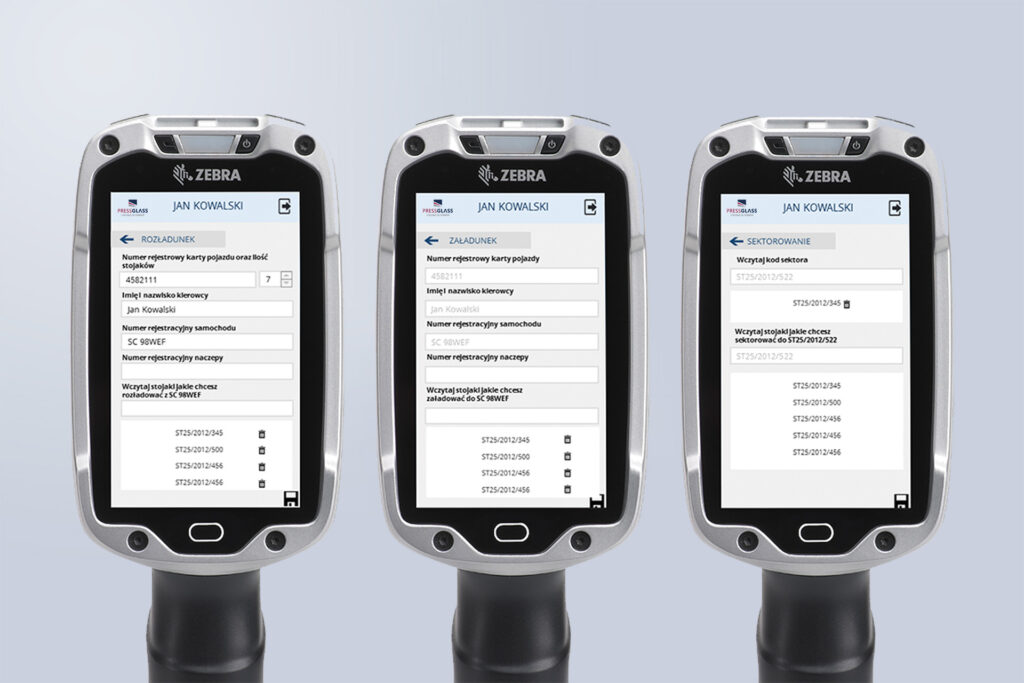Every IT leader who’s ever presented a digital transformation strategy to the executive board knows the feeling: polished slides, a thought-out roadmap, an engaged team—and still, after the meeting, silence. No decision. Delayed discussions. Questions about ROI, risks, or the timeline to payoff.
The issue isn’t the technology.
The issue is that most roadmaps speak the language of systems—not the language of decision-making.
In the T&L industry, where margins are tight, volatility is high, and operations rely heavily on people and processes, tech alone doesn’t win hearts (or budgets) unless it’s clearly tied to operational outcomes. When a roadmap talks about “integrating a route optimization engine with the TMS,” all the CFO hears is: “another integration, another cost.”
That’s why today’s influential CTOs, IT Managers, and Tech Directors—especially in transportation and logistics—aren’t just responsible for designing the system. They’re responsible for shaping the narrative.
They must show how every element of the roadmap solves a real pain point in the business. That tech investments are strategic decisions to increase efficiency, resilience, and competitiveness.
The CTO as Business Partner: A New Role for a New Era
If you’re leading tech development in a T&L firm, you already know: you’re no longer just the caretaker of infrastructure. Most major strategic changes now start with your initiative.
And you’re not alone. According to Deloitte, 86% of CTOs/CIOs view their role as a driver of enterprise transformation. But greater influence also means your position is becoming that of a translator—someone who connects system logic to financial logic.
It’s not just about technical know-how. It’s about organizational positioning.
Modern CTOs understand how to connect technology to business strategy. They know how to build value maps—because they are co-architects of the company’s future.
This matters even more in high-intensity sectors like logistics, where every hour, every minute, and sometimes even every paper form directly affects cost structures.
And none of it works without a clear transformation roadmap.
Without one, it’s nearly impossible to meet the expectations of your company, your leadership, or your employees.
Digital Transformation in T&L: When the Tech is Invisible, the Value Is Clear
Digital transformation in a logistics company doesn’t start with choosing a new system.
It starts by changing the question—from “What should we implement?” to “What’s hurting our margins or growth the most right now?”
Technology is a tool. And the best tools don’t call attention to themselves—they just work.
Drivers don’t care that their app runs on the cloud. Dispatchers don’t think about the APIs behind the dashboard. Customers aren’t asking whether their SMS updates are powered by Azure Functions or AWS Lambda.
They care about one thing: Is it faster, more reliable, and more convenient?
If your roadmap doesn’t answer those questions, it’s not a management tool.
It’s just another technical document. And to the board, that means another PDF that can be put aside for later.
Why Executive Teams Don’t Buy Tech Roadmaps
Because from their perspective, tech is a cost—until you prove it’s an investment.
We know the hardest part is stepping outside your own tech-first mindset.
But if your roadmap is just a project-style IT plan—full of backlogs, delivery timelines, teams, architecture—it only shows a fraction of the bigger picture. Especially when you’re sitting across from a CEO or CFO who wants to know:
- What exactly will change in the business?
- When will we see results?
- How much will it cost—and what’s the payoff?
- What are the risks and alternatives?
From Backlog to Strategy: 5 Traits of a Roadmap That Wins Buy-In
1. It starts with a reality audit
Not “What can we implement?”, but “What’s broken, and how much is it costing us?”
Example: You’re still using paper CMRs. Processing one takes 23 minutes and costs $3.95. You generate 160,000 per year. Annual cost: over $1.6M.
That’s not IT. That’s a cash leak waiting to be plugged.
2. It defines measurable goals
Not “We’ll improve fleet visibility.” But:
“We’ll cut customer inquiries about shipment status by 65% within six months.”
Not “We’ll automate processes.” But:
“We’ll lower the cost of processing an order by 12% by reducing manual tasks.”
3. It matches tech to value—not to hype
You don’t always need AI.
Sometimes it’s just smarter data handling. Or better integration. Or a cleaner process.
Tech doesn’t need to be flashy. It needs to be effective.
4. It presents a decision-making timeline, not a technical one
The roadmap should say:
“Q1 – Project X – saves $50K per quarter”
“Q2 – Initiative Y – boosts SLA compliance by 20%”
“Q3 – Driver onboarding tools – cuts ramp-up time by 3 days”
This is a roadmap the CFO can plug into a financial plan.
The COO into an operational dashboard.
The CEO into a pitch deck for investors.
5. It includes people, not just systems
Without your team, nothing changes. That’s why the roadmap includes: pilot plans, training timelines, change leader roles, and adoption KPIs.
You’re not deploying software. You’re changing behavior.
A Roadmap That Speaks to the Board: The e-CMR Example
Don’t say:
“We’re planning to implement e-CMR with ERP and driver app integration.”
Say:
“Each document takes 23 minutes and costs $3.95 to process. We handle 160,000 a year.
e-CMR will cut that to 9 minutes and $1.50. Annual savings: $640K.
ROI: 7 months.”
Now you’ve got the CFO pausing, jotting notes, asking questions.
That’s when you know you’ve already won.
How to Structure a Board Presentation
- Executive Summary: Focused on business benefits, not tech specs.
- The Problem: Quantified with time, money, risk, or customer frustration.
- The Solution: Defined by outcomes, not systems (e.g., “faster decisions, fewer errors”).
- ROI and Timeline: When results appear, how much it costs, and what the return is.
- Implementation Plan: Who’s involved, how it’s tested, and how it scales.
- The Cost of Inaction: What we lose by doing nothing—missed gains, stagnation, risk.
This is a format CEOs and CFOs understand—no translator needed.
The Roadmap as a Statement of Leadership
Digital transformation is no longer a technical assignment.
It’s a leadership act.
The roadmap you present isn’t just a document—it’s a declaration of direction.
If it contains numbers your CEO can use in a board pitch and goals your CFO can plug into a budget sheet—you have the power to transform your business.
But if your roadmap is just a list of IT initiatives—with no story, no business case, no emotion—it’ll be forgotten along with the latest integration spec.
So speak the language of business. Don’t be afraid of simplification.
Don’t be afraid of numbers.
They’re your allies—because when tech speaks the language of decisions, it’s finally seen as an investment.
And you?
You’re seen as a change leader.



